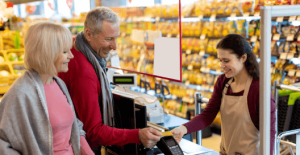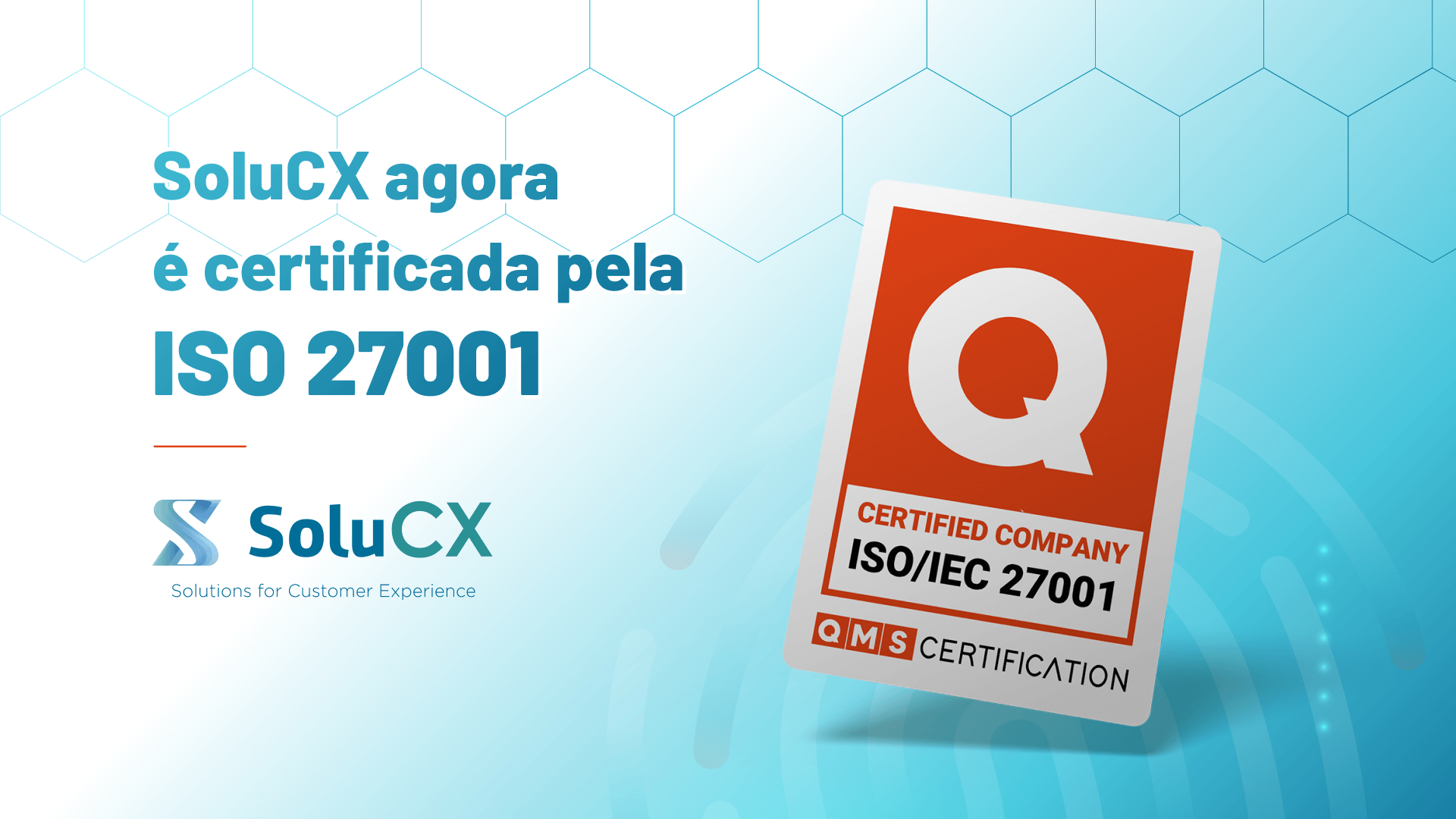Why is Magazine Luiza what it is? To try to answer the question, of great interest to national retail players, the SoluCX Blog spoke with Marcelo Linhares, omnichannel retail specialist and e-commerce director at Constance, the largest self-shoe shoe chain in Brazil.
Responsible for the e-commerce operation and all omnichannel strategies and integration with physical stores – more than 120 across the country –, Marcelo Linhares is also a technology enthusiast and founded Onfly, a travel tech focused on reducing and managing corporate travel.
Check out the interview below, in which he points out Magazine Luiza’s main strategies, what companies can learn from this successful trajectory and the current national retail panorama.
Interview with Marcelo Linhares:
What are the reasons for the good results obtained by Magazine Luiza in recent years?
Marcelo Linhares: Magazine Luiza was a pioneer in treating digital and omnichannel transformation as a priority, it very successfully created Luiza Labs in 2012, invested heavily in technologies such as big data, machine learning and mobile, and while the entire market was moving towards separating online and offline operations – some even went public with the “ponto.com” operation – Magazine Luiza intensified the integration of channels.
This naturally reflects on the company’s good results – which in just one year, since the IPO (Initial Public Offering), acronym for Initial Public Offering, did not have a positive result (2015) – and gives Magazine Luiza a competitive advantage over other retailers in the same segment.
While today the “competitors” still talk about digital transformation and omnichannel, Magazine Luiza is talking about a “super app”, to compete with apps like Rappi, Uber Eats, Ifood. In short, it is a company well ahead of its competitors.
Among these reasons, what do you consider the key point of the company? If you had to point out the main quality of Magazine Luiza, what would it be?
Marcelo Linhares: I believe that investment in technology and digital is the main “key point” of Magazine Luiza. They have a team of more than 400 engineers and work with disruptive technologies, very similar to those of the technology companies that are in Silicon Valley.
The cutting edge of technology, combined with the strong knowledge of retail, which is in the company’s DNA, is undoubtedly the great differential.
Within this path taken by Magazine Luiza, how do you see the acquisition of Netshoes?
Marcelo Linhares: First, it is important to note that Netshoes reached a value of $558 in the IPO. At the time, the stock opened at $18, and Magazine Luiza paid approximately $2 per share, for an estimated amount of $62 million. So, Magazine Luiza bought Netshoes paying the lowest historical price of the company. The bet is to be relevant in the fashion and footwear vertical, a segment in which Magazine Luiza is not yet strong.
Considering that Centauro made the IPO at the beginning of the year, and reached a market value of 2.5 billion, certainly Magazine Luiza, with all its technology and know-how in omnichannel retail, believes that it can transform Netshoes into a brand with the same market value as Centauro.
Probably, in the coming years many physical Netshoes stores will be opened, in excellent points, generating a huge synergy for the operation, as this is one of Magalu’s main “competencies”.
What can other companies learn from Magazine Luiza?
Marcelo Linhares: Wow, there are a lot of learnings. I could write a book about what Magazine Luiza can teach other companies, especially traditional ones, which are struggling in the transformation process. I highlight two, which are a little out of the “spotlight” of the media:
1 – Fred Trajano, the company’s current CEO, did not parachute into the company’s leadership, he conquered his position. Before being groomed to become the company’s CEO, he worked for years in the investment department of Deutsche Bank. So, the succession of Magazine Luiza was very well planned, and in a way, conquered. Some retail companies fail in succession because the new leader has never had other professional experience.
2- Magalu was the first to put a “nerd” on the executive board, which was André Fatala. Many companies say that digital transformation is a priority, but when you look at the board and the board, there is no one from digital or technology; It is usually finance or management professionals who occupy these positions and who, inevitably, are not the people who will bring “innovation” and change to the company.
Can you predict what lies ahead in Magazine Luiza’s strategies? What can still be improved?
Marcelo Linhares: Magalu will continue to consolidate itself in retail, with new acquisitions and the opening of new stores, gaining scale and differentiating itself from its competitors. In parallel, it will fight in the coming years to leverage its app, which historically was known as a “shopping” app, to a super app, in which the consumer will be able to do everything.

How important is NPS and other shopping experience assessment tools for retailers?
Marcelo Linhares: After Amazon, the world’s largest retail company by market value, came up with a totally customer-centric culture, all retailers are looking to copy it, but there’s a very big gap between saying it’s a user-centric company and definitely being.
So, the NPS measurement is the starting point for the company to start understanding and managing the consumers’ experience with the brand.
NPS: the method that was born at Harvard and became indispensable in retail
How to get a high NPS and what it impacts your business
What are the main challenges of national retail today?
Marcelo Linhares: There are many challenges for retailers today: understanding the change in consumer behavior, serving them with excellence in all channels and, above all, circumventing logistical, fiscal and tax problems.
With the digitization and commoditization of many technologies, competition in retail has increased exponentially. If before a retailer on a street had three, four competitors, today, with internet, it competes with thousands of companies, including giants such as AliExpress, in China, and Amazon, in the USA, then differentiating itself and generating value is increasingly difficult.
How do you evaluate the performance of retailers in relation to strategies to obtain loyalty? What are the most common mistakes? What can be done to improve?
Marcelo Linhares: I see many retailers relying on “sinequanon” elements, such as on-time delivery or good service, to build loyalty. These items are elementary and, under no circumstances, generate loyalty. Knowing how to use CRM (or CRX) platforms to understand consumer profiles and deliver the right offer at the right time is, for me, the biggest loyalty challenge.










